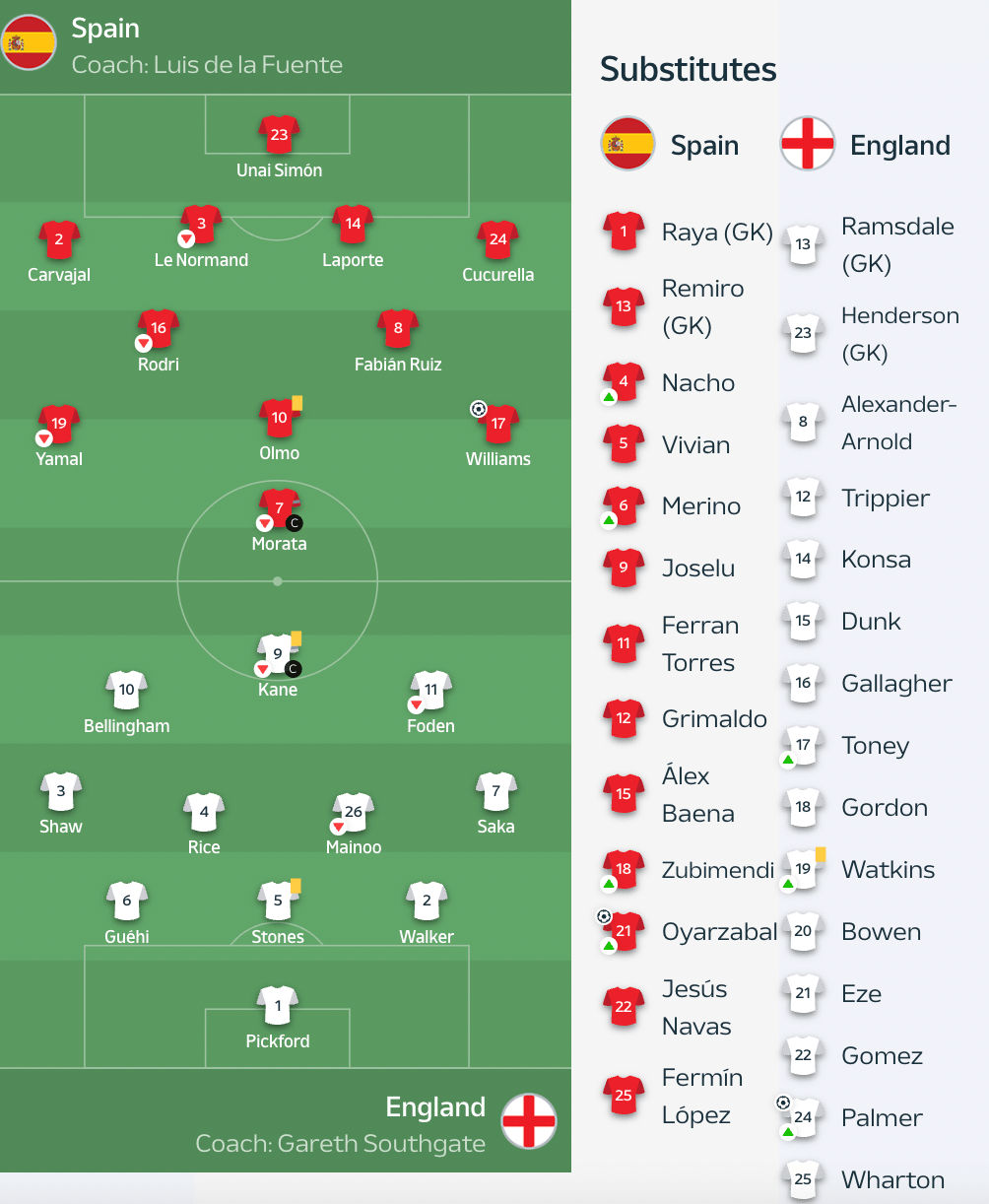Ethereum, launched in 2015 by Vitalik Buterin, is one of the most significant and widely used blockchain networks in the world. It extends the capabilities of Bitcoin by offering more than just a decentralized payment system. With its innovative smart contract functionality, Ethereum has become the backbone of decentralized applications (dApps), decentralized finance (DeFi), and non-fungible tokens (NFTs). This article provides an in-depth look at the Ethereum network, its structure, use cases, benefits, challenges, and its future.
Introduction to Ethereum Network
Ethereum is an open-source, decentralized blockchain platform that allows developers to build and deploy smart contracts and decentralized applications (dApps). Unlike Bitcoin, which was designed primarily as a digital currency, Ethereum was created to be a “world computer” capable of running decentralized applications without downtime, fraud, or interference from third parties. The native cryptocurrency of Ethereum is Ether (ETH), which powers the network by being used to pay transaction fees (gas fees) and incentivize participants (miners/validators).
As of 2023, Ethereum’s market capitalization stands at over $200 billion, making it the second-largest cryptocurrency after Bitcoin. The network has paved the way for various sectors such as finance, gaming, and art, introducing decentralized solutions to traditionally centralized industries.
What is the Ethereum Network?
Core Components
Ethereum is built on several key components that work together to form its decentralized architecture:
- Smart Contracts: These are self-executing contracts with the terms of the agreement directly written into code. They automatically execute and enforce actions when predefined conditions are met.
- Ethereum Virtual Machine (EVM): A global decentralized computer that processes smart contracts. The EVM allows developers to deploy code across the Ethereum network.
- Ether (ETH): Ethereum’s native cryptocurrency, used as “fuel” for running operations on the network. It is also traded on exchanges and used for staking in Ethereum 2.0.
These elements allow Ethereum to go beyond a simple cryptocurrency system, supporting a wide range of decentralized applications and services.
How Ethereum Differs from Bitcoin
While Bitcoin was designed as a decentralized digital currency, Ethereum was designed to be much more versatile. Key differences include:
- Smart Contracts: Bitcoin lacks the advanced programmability of Ethereum. Smart contracts are at the core of Ethereum’s functionality.
- Transaction Speed: Ethereum processes transactions faster than Bitcoin, making it more suitable for applications requiring quick execution.
- Supply: Bitcoin has a capped supply of 21 million coins, while Ethereum does not have a fixed limit, though it has implemented deflationary mechanisms to reduce the rate of ETH issuance.
Use Cases of Ethereum Network
Decentralized Finance (DeFi)
One of the most transformative applications of Ethereum has been in the world of decentralized finance. DeFi platforms enable users to borrow, lend, and trade cryptocurrencies without relying on traditional financial intermediaries like banks. For example, platforms like Aave and Uniswap run on Ethereum and allow users to access financial services without third-party involvement.
In 2021, the total value locked (TVL) in DeFi protocols surpassed $100 billion, with Ethereum being the primary platform hosting these applications.
NFTs and Digital Art
Ethereum is the leading blockchain for non-fungible tokens (NFTs), which are unique digital assets representing ownership of items like art, music, and virtual real estate. Marketplaces such as OpenSea and Rarible use Ethereum to allow creators to mint, buy, and sell NFTs. In 2021, the NFT market on Ethereum alone reached a trading volume of over $10 billion.
dApps and Smart Contracts
Ethereum has become the go-to platform for the development of decentralized applications (dApps). From gaming (e.g., Axie Infinity) to social networks and supply chain management, dApps are built on Ethereum’s robust infrastructure. Smart contracts are at the core of these applications, automating complex processes without the need for intermediaries.
Advantages and Disadvantages of Ethereum Network
Advantages
- Programmability: Ethereum’s ability to support smart contracts allows for complex applications beyond simple transactions.
- Large Developer Community: With one of the largest developer bases in the blockchain world, Ethereum enjoys continuous improvements and innovation.
- Wide Adoption: Ethereum is the most popular platform for dApps, DeFi, and NFTs, making it a leading player in blockchain technology.
Disadvantages
- Scalability Issues: Ethereum has struggled with network congestion, resulting in high gas fees, particularly during periods of high demand.
- Energy Consumption: Although Ethereum is transitioning from Proof of Work (PoW) to Proof of Stake (PoS) with Ethereum 2.0, the current PoW consensus mechanism has been criticized for its high energy consumption.
- Competition: Other blockchain networks like Binance Smart Chain and Solana offer faster transactions and lower fees, providing stiff competition to Ethereum.
Ethereum 2.0: The Future of Ethereum
Ethereum 2.0 is a series of upgrades designed to improve the scalability, security, and sustainability of the Ethereum network. One of the key changes is the transition from Proof of Work (PoW) to Proof of Stake (PoS), which will drastically reduce the network’s energy consumption by eliminating mining.
In addition to PoS, Ethereum 2.0 introduces sharding, a mechanism to split the network into smaller pieces (shards) to increase the transaction throughput. With Ethereum 2.0 fully implemented, the network is expected to process thousands of transactions per second, resolving many of the current scalability issues.
Frequently Asked Questions (FAQ)
1. What is Ethereum?
Ethereum is a decentralized blockchain platform that allows developers to build smart contracts and decentralized applications (dApps). It is powered by its native cryptocurrency, Ether (ETH).
2. What is the difference between Ethereum and Bitcoin?
While Bitcoin is primarily a digital currency, Ethereum is a programmable blockchain that supports smart contracts and dApps, making it more versatile for various applications.
3. What are gas fees on Ethereum?
Gas fees are transaction fees paid in Ether (ETH) to execute operations on the Ethereum network. These fees compensate the miners or validators who process and secure transactions.
4. What is Ethereum 2.0?
Ethereum 2.0 is an upgrade to the Ethereum network that will improve scalability and energy efficiency by transitioning to Proof of Stake (PoS) and implementing sharding.
5. How are smart contracts used on Ethereum?
Smart contracts are self-executing contracts with terms directly written into code. They run on the Ethereum Virtual Machine (EVM) and automatically enforce the contract’s conditions.
6. What are dApps?
Decentralized applications (dApps) are applications that run on blockchain networks like Ethereum, without relying on centralized servers or intermediaries.
7. How does Ethereum handle NFTs?
Ethereum is the leading platform for creating and trading non-fungible tokens (NFTs), unique digital assets that represent ownership of items like art and collectibles.
8. What is DeFi on Ethereum?
Decentralized finance (DeFi) refers to a range of financial services such as lending, borrowing, and trading that are conducted on decentralized platforms like Ethereum without traditional intermediaries.
9. How does staking work on Ethereum 2.0?
Staking on Ethereum 2.0 involves locking up a certain amount of Ether (ETH) to participate in securing the network and validating transactions, earning rewards in return.
10. Where can I learn more about Ethereum?
For more insights into Ethereum and how to participate in its ecosystem, you can visit Crypto Bank.
Conclusion
The Ethereum network has revolutionized the blockchain world, extending beyond simple digital currency to create an entire ecosystem of decentralized applications, smart contracts, and decentralized finance. While challenges such as scalability and high gas fees persist, Ethereum 2.0 promises to address these issues and further cement Ethereum’s position as a leading blockchain platform. Understanding the Ethereum network is essential for anyone looking to participate in or invest in the growing world of decentralized technology.













 Bitcoin
Bitcoin  Ethereum
Ethereum  Tether
Tether  XRP
XRP  USDC
USDC  TRON
TRON  Lido Staked Ether
Lido Staked Ether  Cardano
Cardano  Avalanche
Avalanche  Toncoin
Toncoin  Solana
Solana